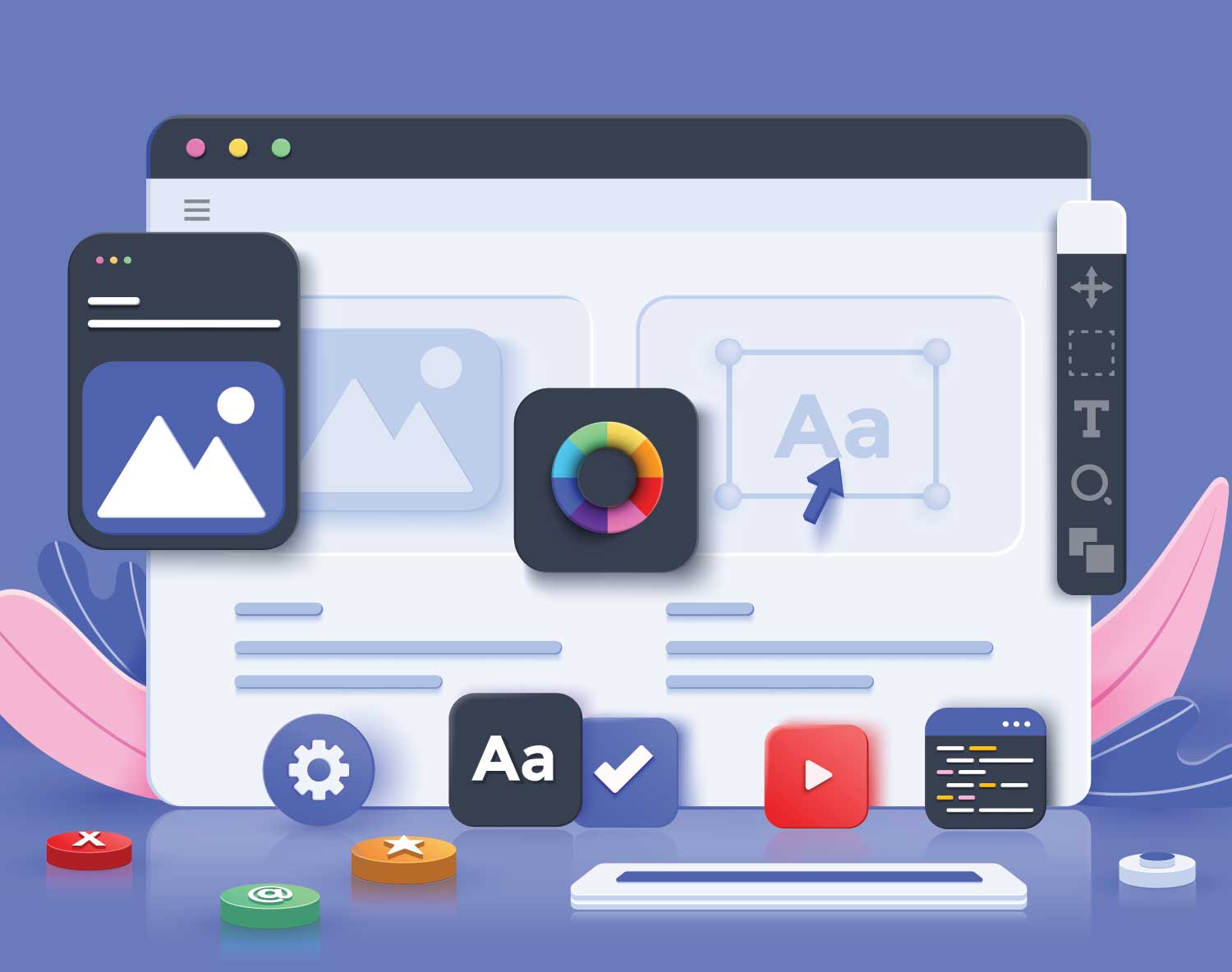In today’s globalized world, the ability to communicate across cultural and linguistic barriers is more important than ever, especially for businesses aiming to expand their market reach. For those based in the Grand Canyon State, the development of multilingual websites can be a game-changer. This approach not only enhances user experience but also broadens market accessibility, making it an essential strategy for web design in Arizona and Phoenix.
Understanding Arizona’s Demographic Diversity
Arizona is a melting pot of cultures and languages, primarily due to its historical ties and geographical proximity to Latin America, as well as its thriving urban centers like Phoenix and Tucson. According to recent census data, Arizona has a significant Spanish-speaking population, with about 20-30% of households using Spanish at home. This demographic trend presents a unique opportunity for businesses in Arizona to cater to a bilingual audience.
The Importance of Multilingual Web Design in Arizona
Implementing multilingual web design allows businesses to communicate effectively with a diverse audience, respecting their language preferences and cultural nuances. For web design in Phoenix, where the competition among local businesses is fierce, having a website that offers content in both English and Spanish can provide a competitive edge. This strategy not only improves user engagement but also increases the chances of converting visits into sales.
SEO Benefits of Multilingual Websites
From an SEO perspective, multilingual websites have a distinct advantage. They are able to attract more traffic by targeting keywords in multiple languages, which can significantly enhance online visibility. For instance, optimizing a site for both “web design in Phoenix” and its Spanish equivalent can capture a wider audience, increasing both reach and relevance.

Best Practices for Creating Multilingual Websites
1. Language Selection
Decide which languages are most relevant to your audience. In Arizona, Spanish is a must, but depending on your business location and demographics, you might also consider languages like Navajo, which is widely spoken in parts of the state.
2. Professional Translation
It is crucial to use professional translation services instead of automated tools like Google Translate. Professional translation ensures that cultural nuances and idiomatic expressions are accurately conveyed, which preserves the integrity of your content.
3. Localized Content
Beyond mere translation, localization involves adapting your content to meet the cultural and functional expectations of your target audience. This could mean changing currency, measurements, or even modifying graphic elements to suit cultural preferences.
4. SEO Strategy for Multiple Languages
Optimize your site for each language by using hreflang tags, which help Google understand the language and geographic targeting of a page. Additionally, make sure to do keyword research for each language to optimize your content effectively.
5. User-Friendly Language Toggle
Design your website so that users can easily switch between languages. A visible language toggle on every page is a best practice. Ensure the toggle is intuitive and that the language choices are clear and accessible.
6. Testing and Feedback
Before going live, test your website with native speakers of your target languages to ensure all content is correctly displayed and culturally appropriate. Collect and integrate feedback to improve the user experience.
Case Studies: Success Stories in Arizona
Several Phoenix-based businesses have successfully implemented multilingual websites. A local law firm expanded its client base by 25% after adding Spanish translations to its website. Another example is a Phoenix-area healthcare provider who saw increased engagement from the Hispanic community after their site was optimized for Spanish speakers.
Future Trends in Multilingual Web Design in Arizona
The trend towards more inclusive and accessible web design is only expected to grow. Advances in AI and machine learning may make translations more accurate and culturally relevant, further enhancing the effectiveness of multilingual websites.
Conclusion
In an increasingly interconnected world, multilingual websites represent a powerful tool for businesses looking to expand their reach. For companies engaged in web design in Arizona, particularly in a culturally rich city like Phoenix, adapting web content to cater to a multilingual audience is not just an advantage—it’s becoming a necessity. By embracing the diverse linguistic landscape of Arizona, businesses can significantly enhance their market presence, improve user experience, and foster greater customer loyalty.
In summary, the strategic development of multilingual websites is a critical step for any business looking to thrive in Arizona’s diverse environment. It not only respects the cultural diversity of the area but also positions businesses as forward-thinking and inclusive. As Arizona continues to grow and diversify, so too will the opportunities for businesses that connect with their audience through thoughtful, well-designed multilingual websites.




